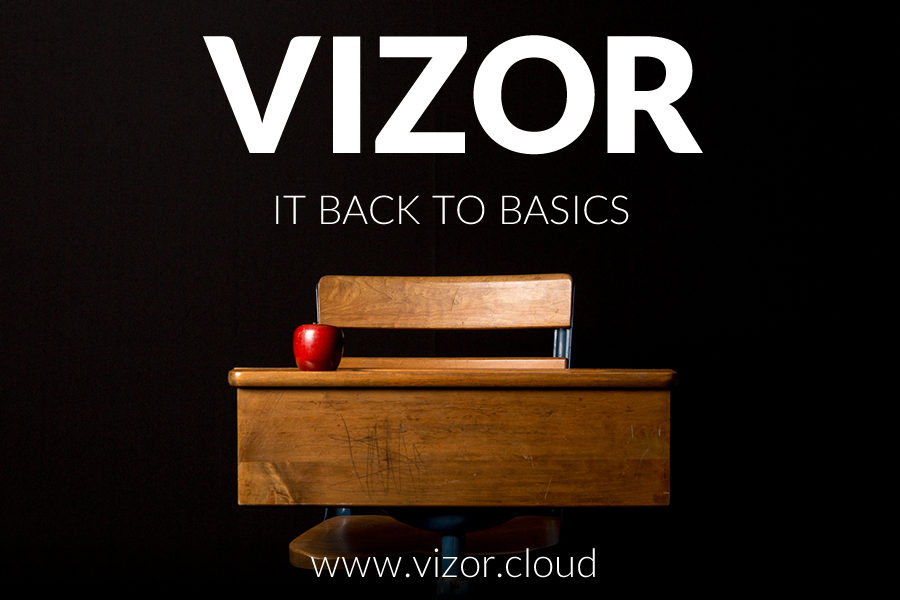Back to Basics: What is Software License Recycling?
The process of software license recycling often passing a license along to be re-utilized within the organization, often by returning unallocated licenses into a “pool” to be later assigned to a new employee. Although the process comes with a few difficulties, license recycling is an excellent way to save money, reduce waste and leverage existing (and often expensive) investments.
Software recycling commonly occurs when an employee no longer requires a software license, but since it is still part of the organization’s entitlements, it gets passed into a pool so that another employee can make good use of it. Additionally, installed licenses on computers that are no longer in use can be claimed and re-purposed. Unfortunately, many software licenses that could be reused get forgotten about and go out the door with retired hardware. This is wasteful but tends to occur when organizations do not have a proper system in place to manage IT assets.Software license metering is a process that can assist with license recycling by tracking software usage and finding opportunities for reuse. Having a clear idea of which licenses are in use and how often provides visibility on software usage that will help with the recycling process. As well, staying informed on your End User License Agreements (EULA) provides crucial insight on the vendor’s rules for recycling, as vendors may have restrictions in some cases on how many times a license can be recycled. Both software license metering and license documentation management can be done through a comprehensive software asset management system like Vizor. Having a system in place that automates these tasks for you will help your organization stay up-to-date on software usage and maximize recycling possibilities.
Do you need a tool to manage Software Licenses?






